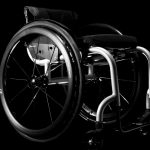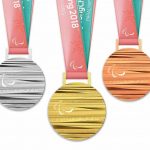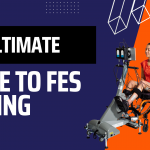[grwebform url=”https://app.getresponse.com/view_webform_v2.js?u=zZ4xV&webforms_id=18433203″ css=”on” center=”off” center_margin=”200″/]
Anyone in a wheelchair will spend most of their waking day sat on its cushion. Consequently, it is important that this cushion is perfect for you to prevent both short and long-term health problems.
In this first of three articles on the factors influencing the choice of seat cushion, we are going to look at tissue integrity. Further articles will look at posture and functionality.
Friction
Transferring on and off your wheelchair cushion is one of the most frequent causes of tissue damage. It is important then, that rather than use a mesh cover, a smooth water-resistant cover is used to reduce this friction. However, this should not be too slippery, otherwise it might become difficult to maintain a good posture throughout the day.
Shear
A good cushion will help spread the forces on the skin as broadly and evenly as possible, helping to prevent differential pressures and subsequent damage to the cells from shear.
Long-term considerations
When choosing a cushion, it is important that you consider what could happen to it in the long term. For example, if it is an air cushion, what will happen if it is punctured, as you will be left effectively sitting on the seat webbing with little padding and protection from tissue damage? Similarly, foam cushions that set and contract will also cause problems.
Moisture
Apart from friction (see above), moisture is one of the most important factors in causing pressure ulcers. Consequently, the cover of your wheelchair seat cushion should be breathable, so that water from perspiration can dissipate.
Temperature
A cushion cover and materials that allow for the user to regulate temperature within a limited range will be good for wellbeing and comfort. Good airflow around the skin is a sign of good cushion design.
Pressure
The factors we have looked at previously in this article can lead to stage 1 and 2 ulcers. Pressure issues have a greater impact on deeper tissues and must also be considered. As a result, it is important to achieve the spread of a user’s weight over a wider area. This is best achieved by using an air-filled or air-foam cushion.
In the next article we will look at the importance of posture in the choice of a seat cushion.
Thanks to our seat partners BES Rehab for help in putting this article together.
For more info visit their Web site






Recent Comments